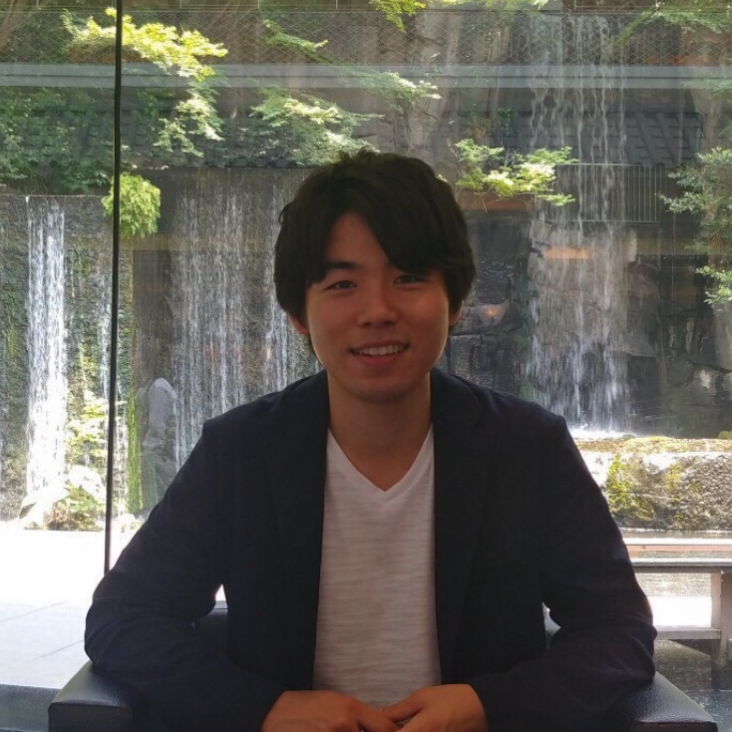Quench dynamics of 2D Bose gases across the BKT critical point
(2022)
Abstract:
APS March Meeting 2022 focus session talkFaraday-imaging-induced squeezing of a double-well Bose-Einstein condensate
Physical Review A American Physical Society (APS) 104:5 (2021) 053324
Observation of the BKT Transition in a 2D Bose Gas via Matter-Wave Interferometry
(2021)
Non-equilibrium dynamics of a 2D Bose gas near a critical point
(2021)
Abstract:
APS March Meeting focus session talkCoherent splitting of two-dimensional Bose gases in magnetic potentials
New Journal of Physics 22:10 (2020) 103040-103040


